
Embark on a captivating journey through the heart of East Africa, where Tanzania beckons photographers with its breathtaking landscapes, diverse wildlife, and vibrant culture. This guide delves into the best destinations for Tanzania photographic safaris, offering insights into capturing unforgettable moments in this remarkable country. Whether you’re an amateur shutterbug or a seasoned photographer, Tanzania’s panoramic vistas and abundant wildlife promise an extraordinary canvas for your lens.
Why choose Tanzania for your photo safari?
Tanzania stands as one of Africa’s ultimate destinations for wildlife photography, boasting iconic settings like the Serengeti National Park and Ngorongoro Crater. These landscapes provide an unparalleled backdrop for capturing stunning images of Africa’s Big Five and other unique species. From the vast savannahs teeming with life to the dramatic backdrops of Kilimanjaro, Tanzania offers photographers a diverse range of subjects and sceneries.
The country’s diverse ecosystems support a rich tapestry of wildlife, providing endless opportunities for photographers seeking to capture the raw beauty of nature. Each region offers distinct photographic opportunities, ensuring that every photo safari is unique and rewarding. With the guidance of experienced local guides, photographers can access prime locations and witness breathtaking wildlife interactions, from the Great Migration’s thundering herds to the stealthy prowls of big cats.
Top photographic destinations in Tanzania
Serengeti National Park
The Serengeti is synonymous with African wildlife photography, renowned for its sweeping plains and the awe-inspiring spectacle of the Great Migration. This annual event sees over a million wildebeest, accompanied by zebras and gazelles, traverse the plains in search of greener pastures. Photographers can capture dramatic scenes of river crossings, predator-prey interactions, and the vibrant life that thrives in this dynamic ecosystem.
Ngorongoro Crater
A UNESCO World Heritage Site, the Ngorongoro Crater is a photographer’s paradise, boasting a unique environment where diverse wildlife coexists within a compact area. With its lush grasslands, acacia forests, and soda lake, the crater provides varied backdrops for capturing images of lions, elephants, rhinos, and flamingos. The high density of wildlife ensures ample opportunities to photograph animals against the crater’s stunning landscapes.
Tarangire National Park
Known for its baobab trees and large elephant herds, Tarangire National Park offers a distinct photographic experience. The park’s varied terrain, from riverine woodlands to open plains, is ideal for capturing elephants in their natural habitat, as well as an array of bird species. During the dry season, wildlife congregates around the Tarangire River, creating excellent opportunities for capturing dramatic interactions.
Lake Manyara National Park
Famous for its tree-climbing lions and large flocks of flamingos, Lake Manyara National Park offers a unique mix of photographic opportunities. The park’s diverse habitats, including forests, wetlands, and grasslands, support a rich variety of wildlife. Photographers can capture striking images of the park’s avian life, as well as dramatic portraits of predators and primates.
Practical information for your Tanzania photo safari
When planning a Tanzania photo safari, several practical considerations can enhance your experience and ensure you capture stunning images.
Accommodation
Tanzania offers a range of accommodations to suit every preference, from luxury lodges and tented camps to budget-friendly options. Lodges in the Serengeti and Ngorongoro provide comfortable bases with easy access to prime photographic locations. Opting for accommodations within or near the parks minimizes travel time and maximizes your time for photography, especially during the golden hours of dawn and dusk.
Transport
For a seamless and flexible photo safari, consider hiring a private 4×4 vehicle with an experienced driver-guide. This allows you to access remote areas and tailor your itinerary to specific photographic interests. Many tour operators offer customized packages that include transport, accommodation, and park entry fees, ensuring a hassle-free experience.
Costs
The cost of a Tanzania photo safari can vary depending on the season, type of accommodation, and length of stay. On average, a mid-range safari costs between $400-600 per person per day, including accommodation, meals, and park fees. Luxury options can range from $800-1500 per person per day. It’s advisable to book well in advance, especially during peak seasons, to secure the best rates and accommodations.
Best time to visit Tanzania for photography
Seasonal considerations
The best time for a Tanzania photo safari is during the dry season, from June to October, when wildlife is more concentrated around water sources and the vegetation is less dense. This period coincides with the Great Migration in the Serengeti, offering dramatic opportunities for capturing the movement of vast herds and predator interactions.
The short rains in November and December bring lush landscapes and vibrant colors, providing a different photographic perspective. The wet season, from March to May, is less crowded and offers excellent opportunities for capturing intimate wildlife moments, though some roads may become impassable.
Planning tips
When planning your photo safari, consider the specific photographic opportunities you wish to capture. For instance, if witnessing the Great Migration is a priority, time your visit to coincide with the river crossings between July and October. For capturing lush landscapes and birdlife, the green season from November to February is ideal.
Cultural experiences and local insights
While Tanzania’s wildlife is undeniably the star attraction, the country’s rich cultural heritage adds depth to your photographic journey. The Maasai people, with their vibrant attire and traditional way of life, offer captivating subjects for cultural photography. Many tours include visits to Maasai villages, providing insights into their customs and an opportunity to capture authentic portraits.
Engaging with local communities can enrich your understanding of Tanzania’s diverse cultures and enhance your photographic storytelling. Consider participating in community-based tourism initiatives, which support local development and conservation efforts, while offering unique photographic experiences.
Savoring Tanzania’s culinary delights
Tanzania’s culinary scene offers a delightful array of flavors that reflect the country’s diverse cultural influences. After a day of photography, indulge in local dishes such as Ugali, a staple starch similar to polenta, often served with meat or vegetable stews. Nyama Choma, grilled meat, is a favorite among locals, best enjoyed with a side of Kachumbari, a fresh tomato and onion salad.
In the coastal regions and Zanzibar, savor the rich spices and flavors of dishes like Zanzibar Pilau, a spiced rice dish with influences from the Indian subcontinent. Whether dining at a lodge or exploring local eateries, Tanzania’s cuisine offers a delightful exploration of taste.
Embark on your Tanzania photo safari adventure
A Tanzania photo safari promises an unforgettable journey through one of Africa’s most photogenic landscapes. From the iconic plains of the Serengeti to the diverse wildlife of the Ngorongoro Crater, Tanzania offers a wealth of photographic opportunities for capturing the soul of Africa. Whether you’re drawn by the thrill of the Great Migration or the allure of cultural encounters, Tanzania invites you to explore its beauty through the lens.
Ready to capture Tanzania’s breathtaking landscapes and wildlife? Contact our expert Tanzania Travel Partners today to plan your personalised photo safari adventure. Let us handle the details while you focus on creating unforgettable images of Tanzania’s natural wonders.
Leave a Reply
Your email address will not be published. Required fields are marked *

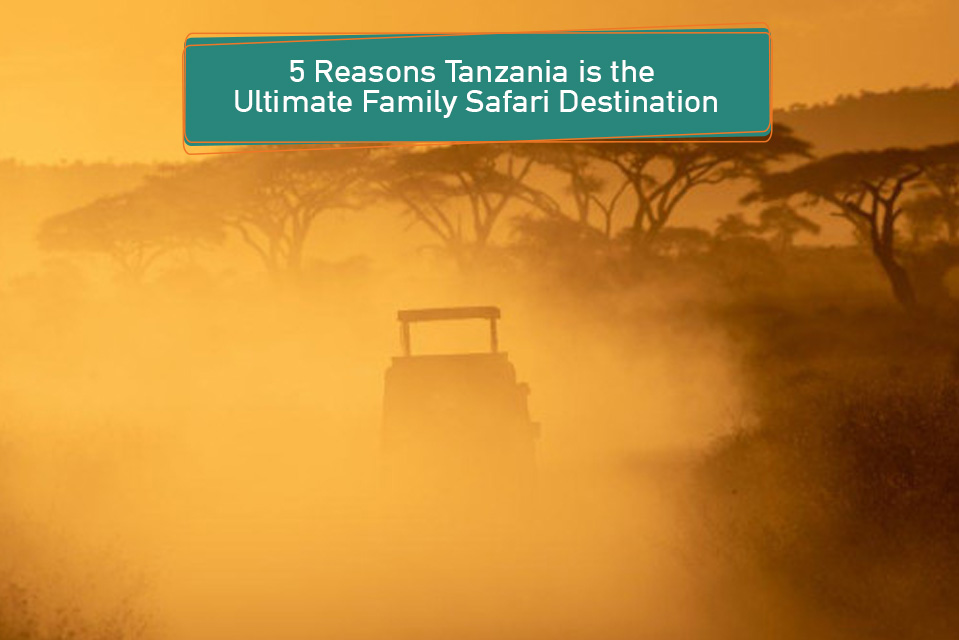
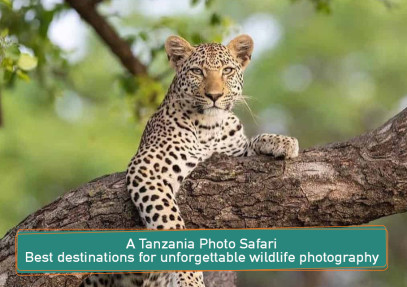
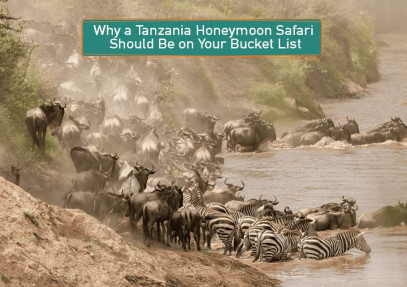
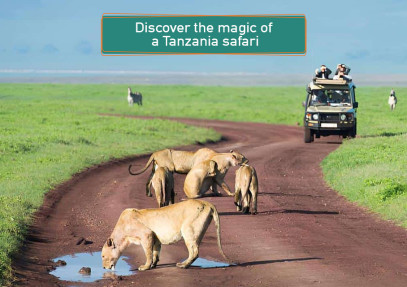
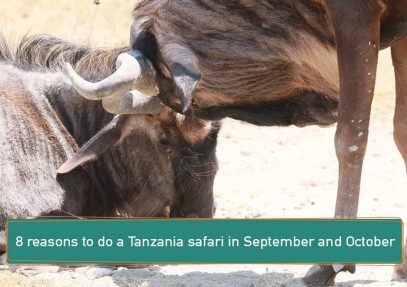
No Comments